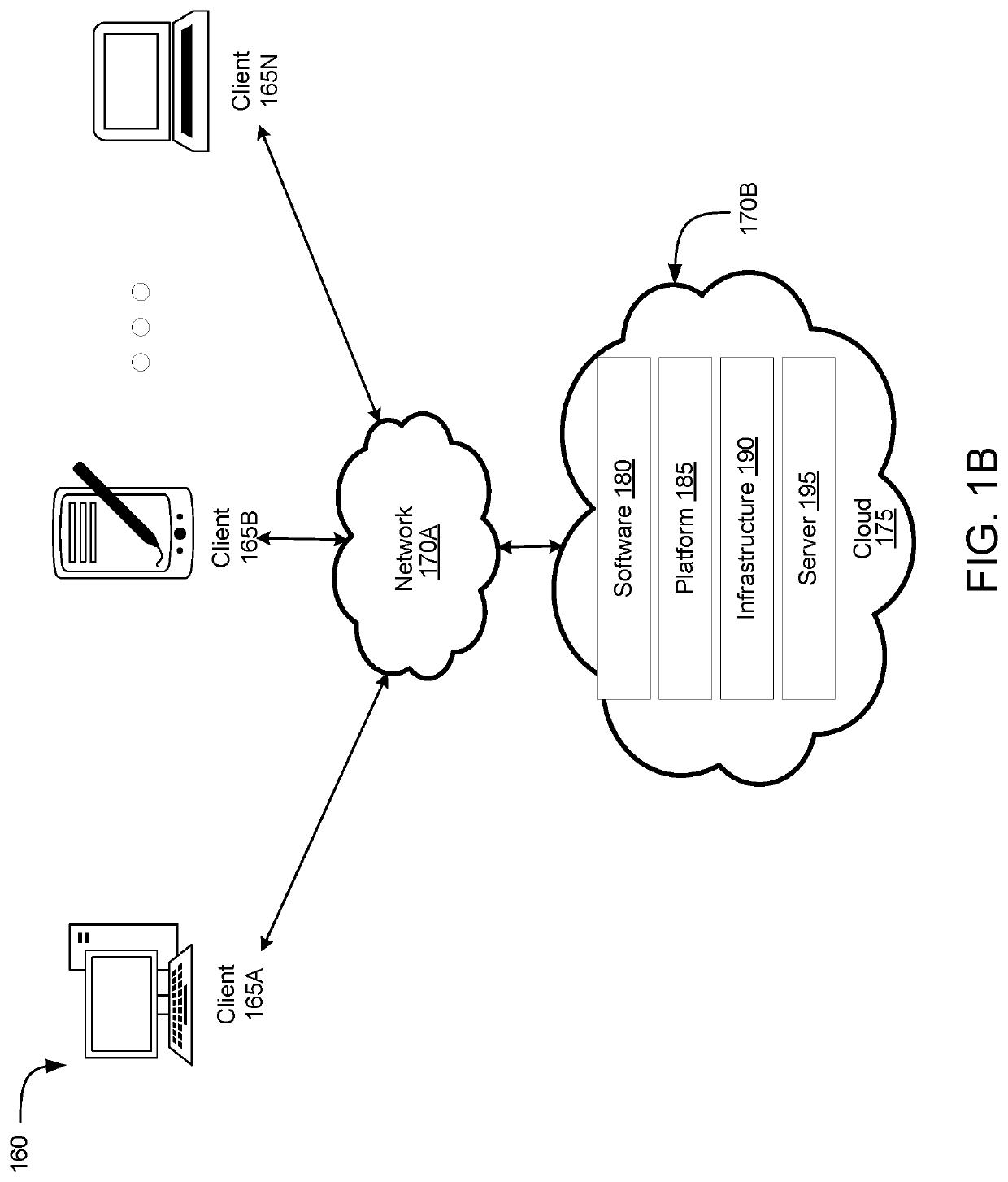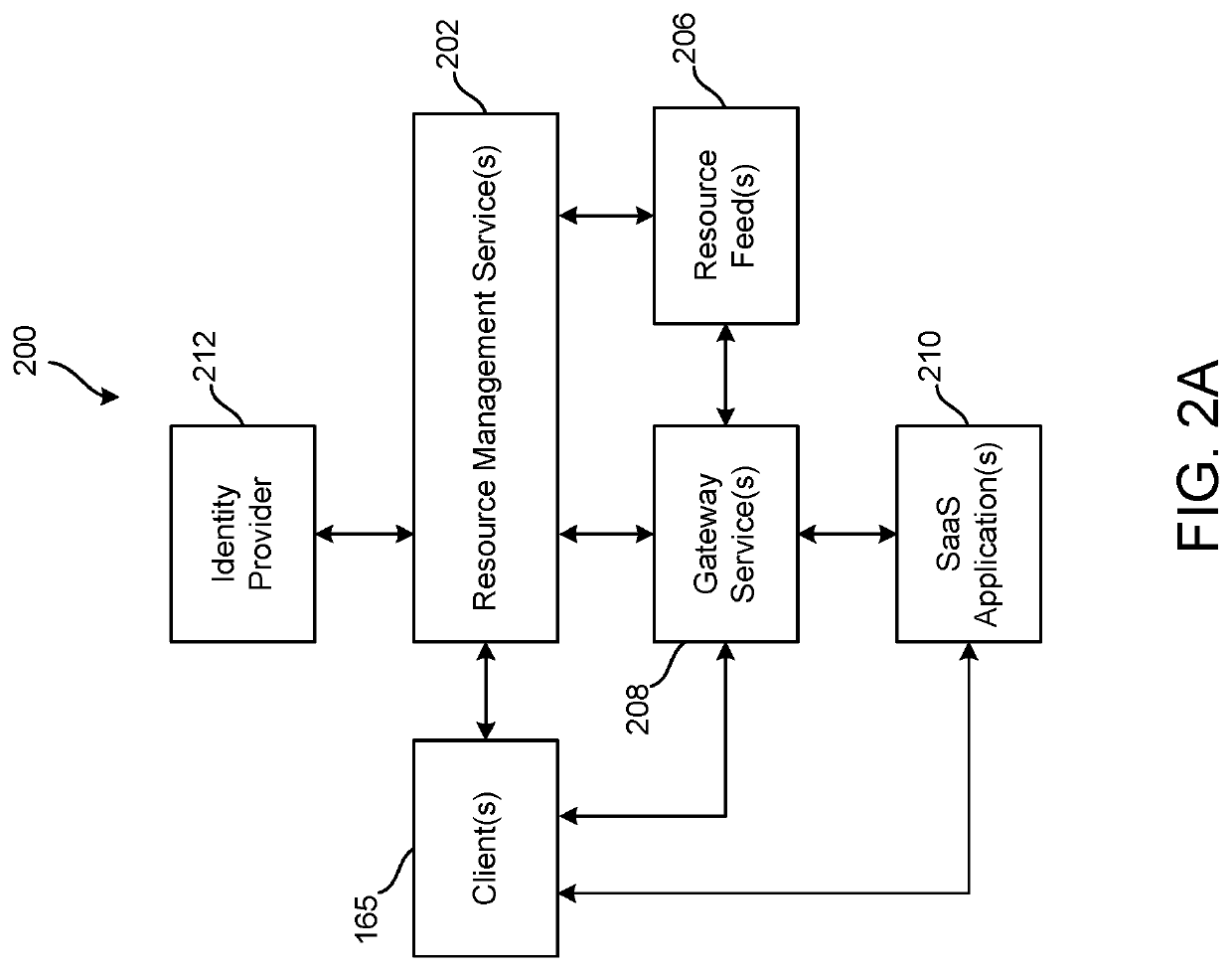Determining risk metrics for access requests in network environments using multivariate modeling
a network environment and risk measurement technology, applied in the field of managing access, can solve the problems of strong challenge, low risk level determined for an employee trying to access sensitive files during expected working hours via a corporate network, and relatively higher risk level, so as to achieve easy visibility, improve performance, and improve the effect of performan
- Summary
- Abstract
- Description
- Claims
- Application Information
AI Technical Summary
Benefits of technology
Problems solved by technology
Method used
Image
Examples
Embodiment Construction
[0044]For purposes of reading the description of the various embodiments below, the following descriptions of the sections of the specification and their respective contents may be helpful:
[0045]Section A describes a computing environment which may be useful for practicing embodiments described herein;
[0046]Section B describes resource management services for managing and streamlining access by clients to resource feeds; and
[0047]Section C describes systems and methods of determining risk metrics for access requests in network environments using multivariate modeling.
A. Computing Environment
[0048]Prior to discussing the specifics of embodiments of the systems and methods of an appliance and / or client, it may be helpful to discuss the computing environments in which such embodiments may be deployed.
[0049]As shown in FIG. 1A, computer 100 may include one or more processors 105, volatile memory 110 (e.g., random access memory (RAM)), non-volatile memory 130 (e.g., one or more hard disk...
PUM
 Login to View More
Login to View More Abstract
Description
Claims
Application Information
 Login to View More
Login to View More - R&D
- Intellectual Property
- Life Sciences
- Materials
- Tech Scout
- Unparalleled Data Quality
- Higher Quality Content
- 60% Fewer Hallucinations
Browse by: Latest US Patents, China's latest patents, Technical Efficacy Thesaurus, Application Domain, Technology Topic, Popular Technical Reports.
© 2025 PatSnap. All rights reserved.Legal|Privacy policy|Modern Slavery Act Transparency Statement|Sitemap|About US| Contact US: help@patsnap.com



